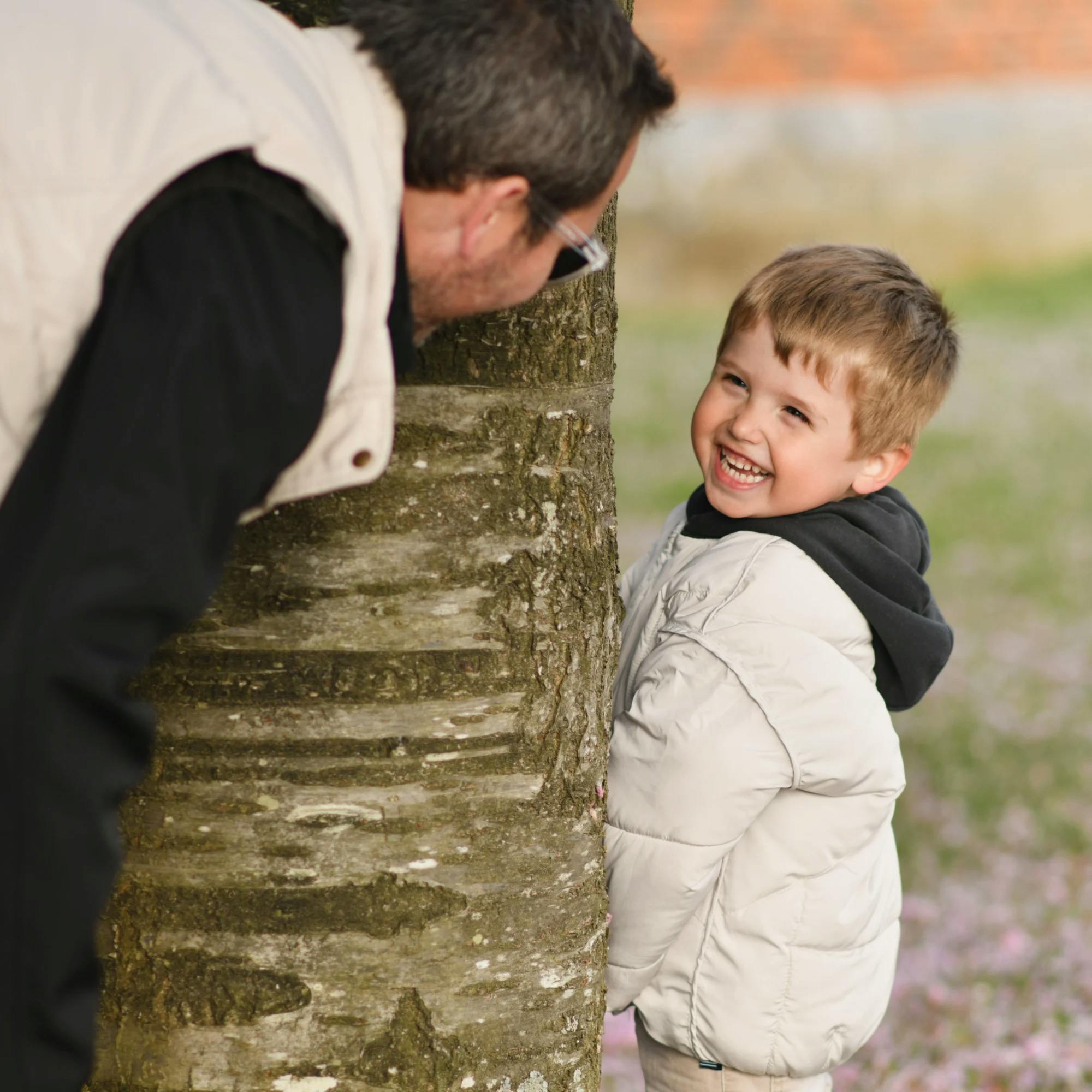Growing up in the 1990s and early 2000s, some of my fondest childhood memories were bundling up with my parents and siblings and heading outside for some crisp winter air! If you’re lucky to live in an area that receives snow, what’s better than sledding, snow angels, and building forts?
With that said, freezing temperatures and bad weather can mean many kids are cooped up indoors, full of energy. But have no fear! There are so many fun and exciting winter-themed activities you can do to expand your child’s language skills (and have them blow off some steam)!
Read age-appropriate books about winter
If your child can’t be outside, let’s spark their imagination with a winter-themed book. There’s a ton to choose from, and reading is one of the best ways to stimulate your little one’s language and literacy skills. Here are a few tips when reading together with your child:
1 Choose books at the right skill level
If your child isn’t yet speaking, pick picture and rhyming books. If they are reading, make sure that your child knows about 80% of the vocabulary words within the story. If your child is constantly confused by words they don’t recognize or understand, chances are they’ll tune out.
2 Label pictures
For younger children, label the different pictures while you’re reading. Make sure to repeat these words and sounds, and say them slowly to help them stick.
3 Ask "WH" questions
Asking what, where, when, how, and why questions can help build your child’s receptive and expressive language skills. These open-ended questions give your child more opportunities to think through their answers vs. simple yes-or-no questions.


4 Practice inferencing
For older children, work on predicting and inferencing skills by asking, “What do you think will happen next?”
5 Retell stories
You can help improve your child’s auditory memory by asking them to retell the story you just read in their own words. This is also important for language comprehension to assess how well they retained information.
6 Discuss what you read
Talk about the clothes you wear and the activities you do during wintertime. You could say, “I need a scarf, mittens, and snow boots,” or “Look, the character is going skiing! Skiing is so fun!”


Play outside in the snow
If you live in a snow spot, here are some fun outdoor activities with accompanying techniques to develop your child's language abilities.
1 Build a snowperson
Talk about the steps it takes to build a snowperson or snow angel. This can help with sequencing skills. You might say, “First, I’m going to roll the snow into a ball, next I will make another ball, then I will put one ball on top of the other, and last I will make its face out of rocks.”
2 Go skating, skiing, or sledding
Before participating, discuss the vocabulary associated with each activity. For example, “What is a chair lift?” or “Show me your skates.”
3 Take a winter walk
Go for a walk with your family. With an infant or toddler, narrate the different items and animals in your environment. If your child is older, talk about what you see together. This is also a great opportunity to discuss the similarities and differences between seasons. For example, “How is the temperature different?” or “What do you see over there?”
4 Describe your senses
To build your child’s vocabulary, take every opportunity to teach them how to describe what’s happening in the moment. “The snow is crunchy under my feet,” ”Oh, the ground is icy and slippery!” “The wind is blowing fast!”
Sing winter-themed songs
A quick search on YouTube and you’ll find a ton of language-building songs that your child will love! Make sure to repeat the lines of each song to give your kiddo opportunities to practice sentences that increase in length and complexity.
Have a winter crafts day!
Making crafts with your child is a great way to combine creativity with language learning opportunities. Here are a few ideas to try.
1 Make characters with different materials
Craft snow people out of cotton balls and glue or PlayDoh. Make sure to use lots of different descriptive words when making your creation, talking about the color, size, shape, and action. You can also make a character out of foods to expose your child to different food/textures and discuss both of your likes and dislikes.
2 Draw animals
Draw or paint different winter animals, like penguins or polar bears, and discuss different actions these animals take, like swimming and hibernating.
3 Make a shaving cream creation
Make shaving cream snow by simply combining a cup of baking soda and shaving cream with a few drops of water. Then mix it all up! Talk about the different ingredients and describe what it feels and looks like.


Prepare a winter-themed snack
Follow your child’s lead by making a snack they love. Discuss the steps involved and describe how the ingredients taste and feel. I’ve enjoyed making a snowman out of marshmallows, pretzel sticks, icing, and chocolate chips. Yummy!


Play some indoor winter games
1 Musical chairs (snowflake hop)
To play this game, you’ll need several pieces of paper with an action word written on each. Examples include jump, clap your hands, etc. Then, put some chairs in a circle in the middle of your room and place a piece of paper on each chair. As your child’s favorite song is playing, everyone walks around the chairs. However, when the song is paused, everyone runs to a chair and must do the action that’s written on the piece of paper.
2 Ice skating with paper plates
This activity simply involves sticking two paper plates on each of your feet. Then, slide across the room as if you were ice skating! This activity can escalate quickly, so review the rules to ensure that everyone stays safe.
So there you have it! There are so many ways you can get your child moving, talking, and having fun during this cold winter season. Brrrr... enjoy!











